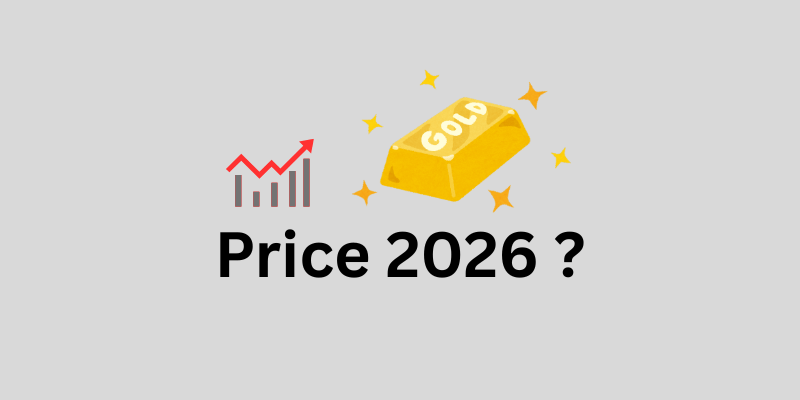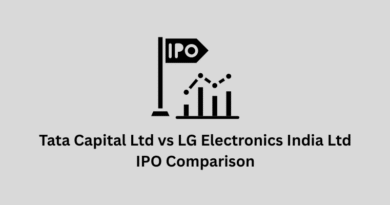Gold Price 2026: What to Expect & How to Navigate the Bull Run
Introduction
Gold has long held a special place in investor portfolios as a safe-haven asset, inflation hedge, and store of value. As we head into 2026, everyone from institutional funds to individual savers wants to know: Where will the gold price land next year? In this post, we’ll present a deep-dive, ultra-unique outlook on gold price 2026, covering forecasts, key drivers, risks, regional scenarios, and practical tips for investors.
1. Gold Price 2026 Forecasts — What the Experts Are Saying
-
Goldman Sachs expects gold to rise around 6 % by mid-2026, potentially pushing spot price to near USD 4,000/oz. Goldman Sachs
-
J.P. Morgan projects average pricing of ~$3,675/oz in late 2025 and a climb toward $4,000/oz by mid-2026. JPMorgan
-
Société Générale is more aggressive, forecasting gold could hit $4,065/oz by Q2 2026. Discovery Alert
-
Deutsche Bank has also raised its 2026 forecast, now expecting an average of $4,000/oz. Investing.com
-
Some more bullish forecasts see gold reaching $4,200+ by end-2026, with even upside potential into $5,000+ zones in extreme scenarios. LiteFinance+1
-
On the cautious side, some models expect periods of consolidation, with support zones around $3,000–$3,500 as plausible dips. financialsense.com+1
Bottom line: The consensus tilts bullish, with forecasts clustering between $3,800 – $4,200/oz in 2026, though volatility and corrections remain possible.
2. Key Drivers Shaping Gold Price in 2026
2.1 Interest Rates & Monetary Policy
Gold is non-yielding, so its appeal strengthens when real yields (nominal minus inflation) are low or negative. If central banks—especially the U.S. Federal Reserve—cut rates or maintain dovish stance, gold could benefit. Conversely, aggressive hikes could dampen momentum. Goldman Sachs+3FXStreet+3FXStreet+3
2.2 Inflation & Currency Trends
Persistent inflation erodes fiat purchasing power, making gold more attractive. If inflation remains “sticky”, demand for gold as a hedge may intensify. A weakening U.S. dollar also typically boosts dollar-priced gold. deVere Group+2FXStreet+2
2.3 Central Bank & Institutional Demand
Central banks—especially in emerging markets—continue to add gold for diversification. Sustained institutional buying (ETFs, sovereign funds) is expected to buttress the bullish case. JPMorgan+3World Gold Council+3deVere Group+3
2.4 Geopolitical & Systemic Risks
Tensions in trade, supply chains, wars, and fiscal stresses push investors toward safe havens like gold. Any shock (e.g. banking crisis) would likely trigger stronger gold demand. FXStreet+2deVere Group+2
2.5 Technical & Momentum Factors
Momentum traders and algorithmic strategies can amplify trends. Technical breakouts, trend confirmation, or large rotation flows may accelerate moves. Yet overbought zones may attract profit-booking. Economies.com+2FXStreet+2
3. Risks & Headwinds to Watch
-
Rising yields: If real interest rates rise, gold may lose appeal.
-
Dollar strength: A firm U.S. dollar could erode gold’s upside.
-
Policy surprises: Aggressive tightening or unexpected hawkish signals could spook markets.
-
Profit-taking / corrections: After a strong run, pullbacks are natural.
-
Supply & mining constraints: While scarcity lends support long term, mining output or discovery surprises might shift dynamics.
4. Regional Perspectives: India, China & Emerging Markets
India
India is among the world’s largest consumers of gold (jewelry, investment). The rupee-dollar exchange rate, import duties, and government policies (e.g. tax, regulation) play a key role in domestic prices. Expect the Indian gold rate in 2026 to reflect both global gold trends and shifts in fiscal/monetary policy domestically. www.bajajfinserv.in+1
China & East Asia
China’s gold demand—both retail and central bank—acts as a key support. Demand shifts due to local regulations or macro conditions may influence regional pricing dynamics.
Emerging Markets
Many emerging economies see gold as a hedge against currency volatility or capital flight. In places with weaker currencies or macro instability, demand might surge.
5. Scenario-Based Price Bands for 2026
| Scenario | Approximate Price Range (USD/oz) | Key Conditions |
|---|---|---|
| Base Case / Consensus | $3,800 – $4,200 | Moderate rate cuts, mild inflation, steady institutional demand |
| Bull Case | $4,200 – $4,500+ | Aggressive stimulus, geopolitical shock, steep monetary easing |
| Bear / Correction | $3,200 – $3,800 | Strong real yields, dollar rally, profit-taking |
These aren’t guarantees—just plausible ranges to plan for.
6. Tips & Strategy for Investors in 2026
-
Dollar-cost averaging (DCA): Smell dips, buy gradually.
-
Use allocations wisely: Don’t overload—gold is a hedge, not a sole bet.
-
Diversify instruments: Physical, ETFs, sovereign gold bonds (where available).
-
Watch trigger events: Fed meetings, CPI prints, geopolitical flashpoints.
-
Set stop-loss / exit zones: Given volatility, risk control matters.
-
Stay updated: Regularly monitor macro shifts, surprises, and forecasts.
7. Why “Gold Price 2026” Is a Smart Content Focus
From an SEO standpoint, “gold price 2026” is forward-looking, high intent, and captures the interest of future-oriented investors. People searching this term are likely planning ahead, seeking forecasts and investment guidance. Including this keyword in the title, meta, headers, and throughout content ensures strong relevance to search engines while providing value to readers.
Conclusion
The outlook for gold price 2026 leans bullish. Most credible forecasts target a range between $3,800 and $4,200/oz, with upside possible into $4,500+ in a buoyant macro environment. That said, volatility, corrections, and macro policy surprises must not be ignored. For investors, timing, risk calibration, and flexibility will be as important as conviction.



